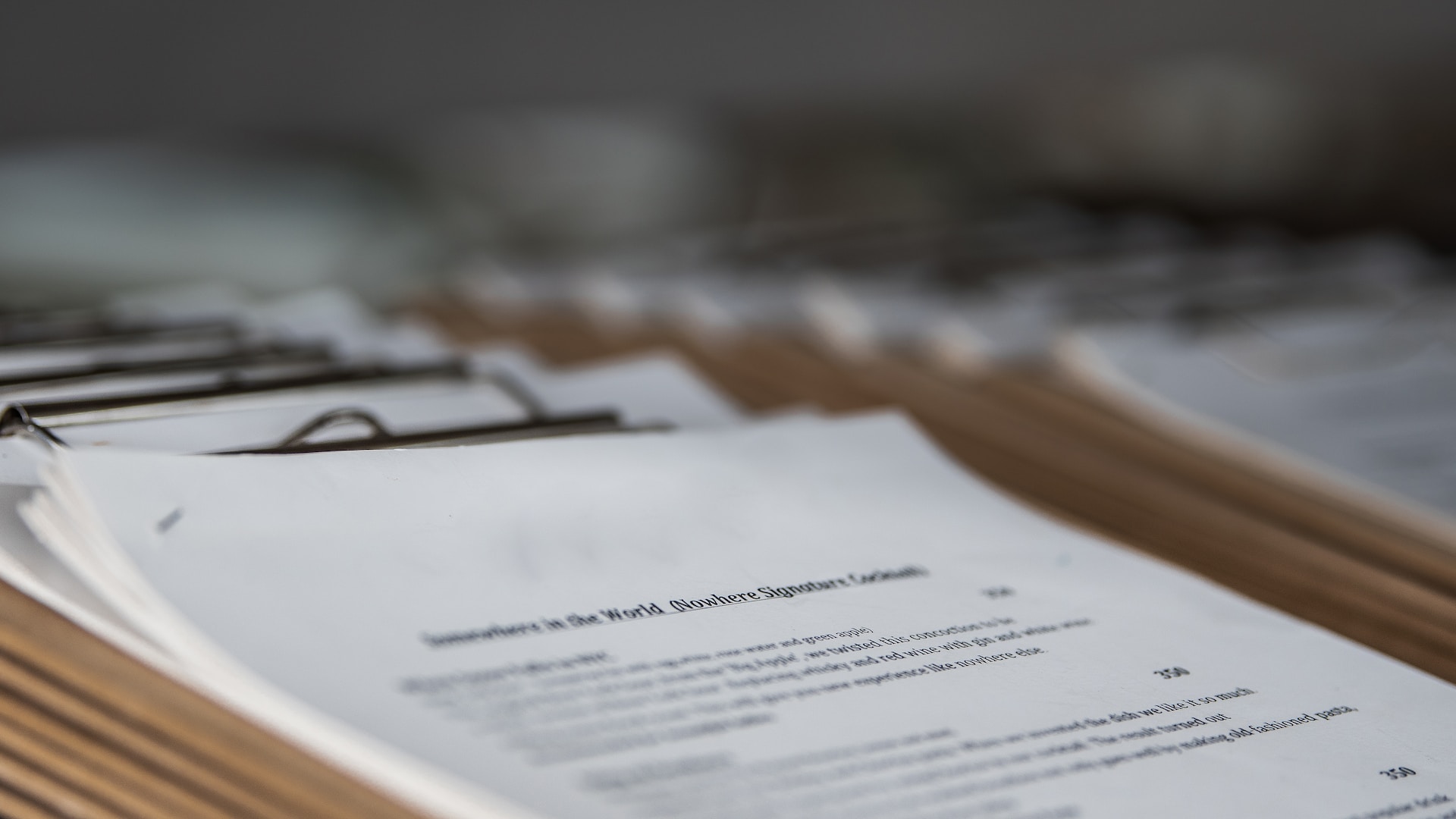LeaseCrunch Blog
Read about ASC 842 & other lease accounting topics
Read about ASC 842 & other lease accounting topics
In February of 2016, the Financial Accounting Standards Board proposed a new lease accounting standard known as ASC 842. After delays for non-public companies partly due to COVID-19, the lease accounting standard effective date has now passed for every type of business entity that follows GAAP, meaning all organizations must recognize lease assets and liabilities, differentiate between operating and finance leases, and update disclosure requirements on financial statements.
Although the lease accounting standard effective date has passed, LeaseCrunch can still help you save time and automate everything included in these new lease accounting standards. First, let’s look at the ASC 842 effective date and when the new lease accounting standards went into effect for different organizations.
The lease accounting standard effective date refers to the date when a new accounting standard, policy, or procedure is implemented and begins to be used in financial reporting. When a new accounting standard is issued by FASB or another standard-setting body, it is usually accompanied by a specific effective date.
The lease accounting standard effective date is the earliest ASC 842 adoption date in which organizations must apply the new lease accounting standards to their financial statements. Due to COVID-19, the ASC 842 effective date changed for organizations depending on their type of organization. Here are the effective dates of ASC 842 for each type of organization:
The ASC 842 effective date for public entities is the fiscal year starting after December 15, 2018. This date is also the effective date for all organizations following IFRS standards, not-for-profit organizations with conduit bonds that are openly traded, and employee benefit plans that file financial statements with the SEC.
The ASC 842 effective date for public non-profits is the fiscal year starting after December 15, 2020.
The ASC 842 effective date for private companies and non-profit organizations is the fiscal year starting after December 15, 2021.
The initial application date refers to the date when a new accounting standard is first applied in financial reporting and is the starting point for using new guidance in financial statements.
This means that when an accounting standard becomes effective, the organization should generally apply the standard to the earliest period presented in the financial statements. Fortunately, the new lease accounting standard allows an organization to choose whether to restate prior periods or to adopt the lease accounting standard for the most recent year presented. Here are some examples of how the initial application date works with the new lease accounting standard effective date:
If you are a private company whose fiscal calendar ends on December 31, 2022, and you present two years in your financial statements, then your initial application date would be January 1, 2021. You would adopt the new lease accounting standard for both 2021 and 2022, which includes restating 2021.
If the same private company elects to not restate prior periods, your initial application date would be January 1, 2022. You would adopt the new lease accounting standard for 2022, resulting in a difference in accounting between 2021 and 2022.

Why should you care about the initial application date? Because of the period in between known as the transition period.
During this time, organizations are required to adjust their financial statements to comply with new lease accounting standards, like ASC 842. Unless the transition practical expedients (the “package of three”) are elected, these adjustments may include reviewing and updating their lease contracts, re-evaluating lease classifications, and recalculating lease expenses and related balance sheet amounts.
The transition period is important because it allowed organizations to adjust to the new requirements of the lease accounting standard gradually, rather than all at once. It also allowed organizations to identify any potential issues or challenges during the transition and make any necessary adjustments before the new lease accounting standard effective date.
While this is relatively complicated to figure out, the good news is that there are practical expedients available, along with great software like LeaseCrunch, to simplify the work required during the transition period. Further, many organizations simply elect to not restate prior periods, which simplifies lease accounting standard adoption significantly.

Another important date for individual leases is the commencement date, which is when an underlying asset is available for use by the lessee. It’s important to note that this may not be the date when the lessee signs an agreement with a lessor. However lease classification and measurement should take place at the commencement date.
Sometimes leases are renegotiated. If this results in a new contract, renewal, or another extension not previously anticipated, it is treated as a new lease. Otherwise, assumptions such as the discount rate, fair value, and remaining economic life of the underlying asset are reviewed and updated as of the modification effective date, with modification gains and losses also recognized as of the same date.
Other times, a triggering event occurs that was not otherwise anticipated. Generally, this is something that requires the lessee to reassess the lease term. The date on which this triggering event occurs is called the remeasurement date. Note that the lessee should update the discount rate and any variable lease payments as of the remeasurement date.
Figuring out the best way to transition to the new lease accounting standard effective date can be difficult, but it doesn’t have to be done alone. With LeaseCrunch’s automated accounting software, you can save time and simplify your transition to the new lease accounting standards, even after the ASC 842 effective date, ensuring your organization’s leases are being counted correctly for the fiscal year.
Want to learn more? Request a demo or contact us to see what LeaseCrunch can do for you.
Try the easiest lease accounting software on the market today!